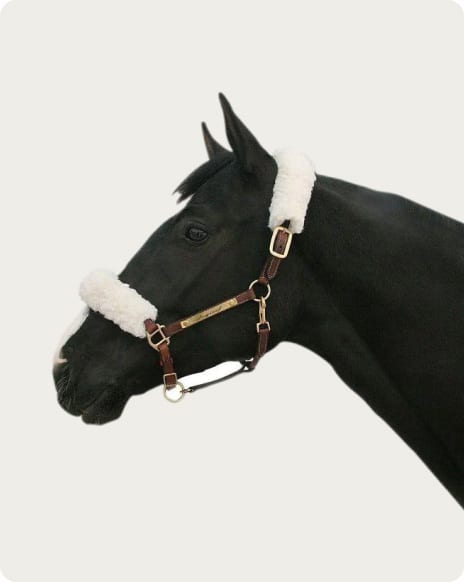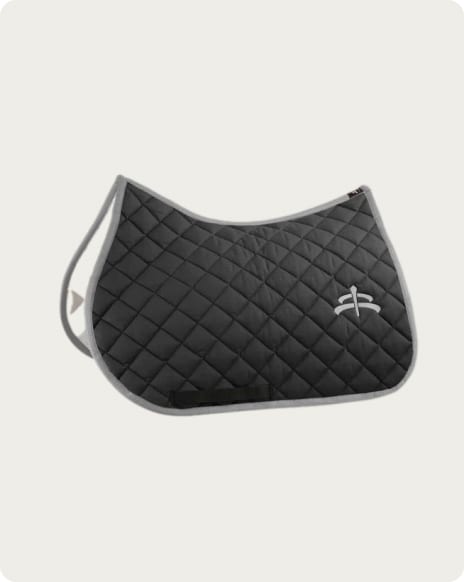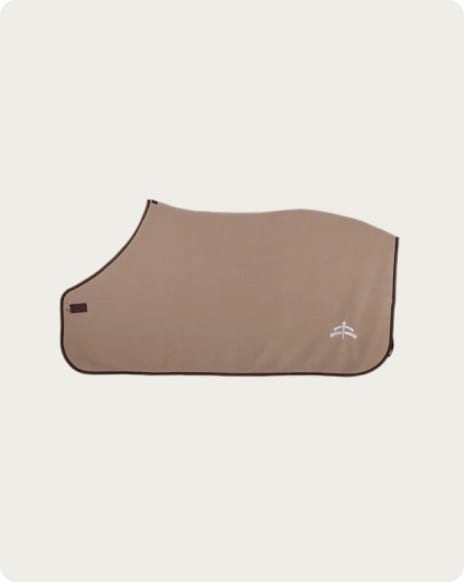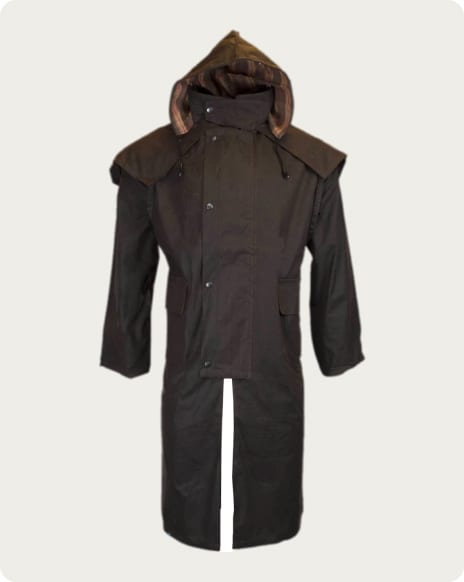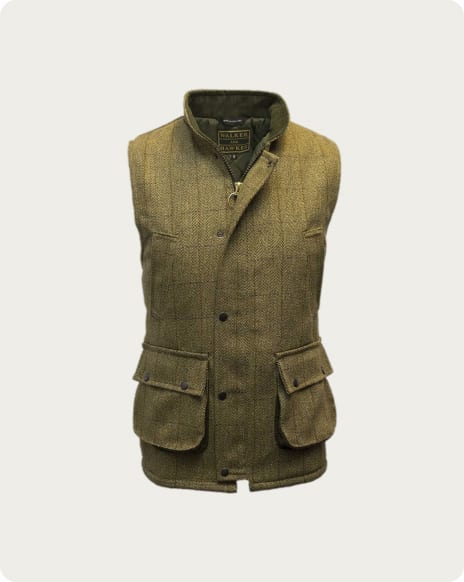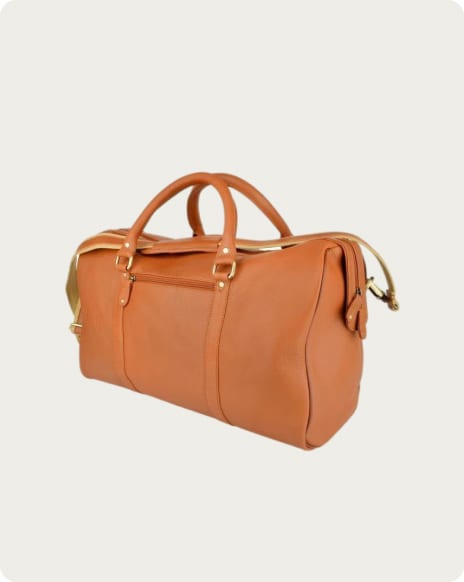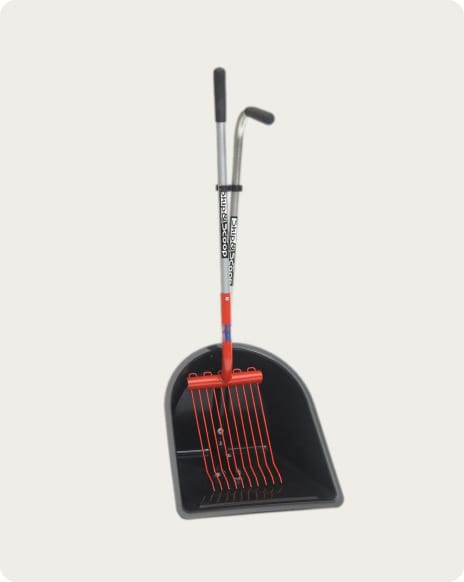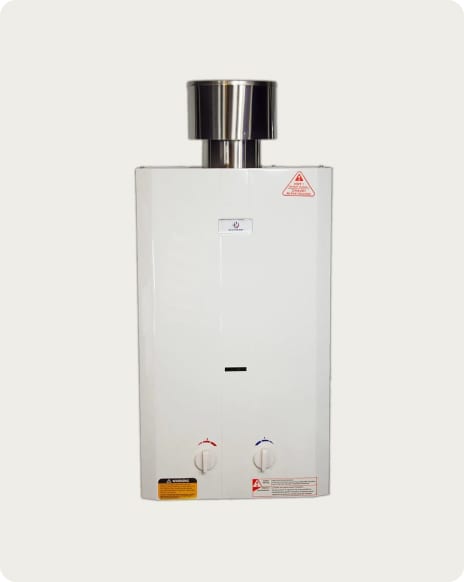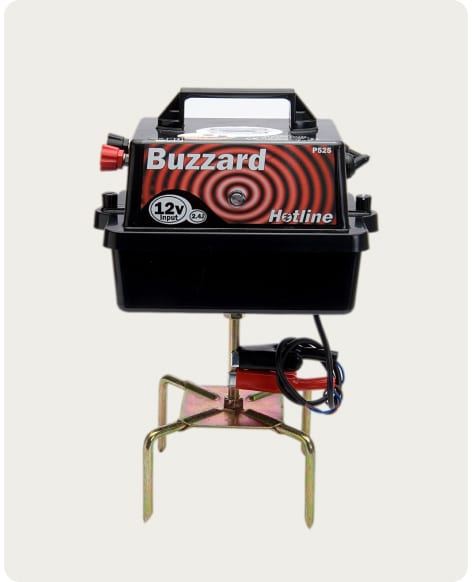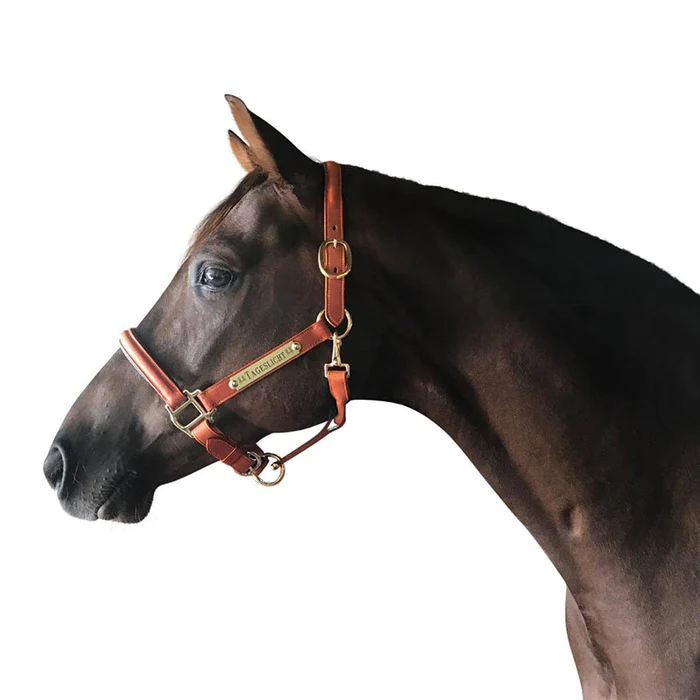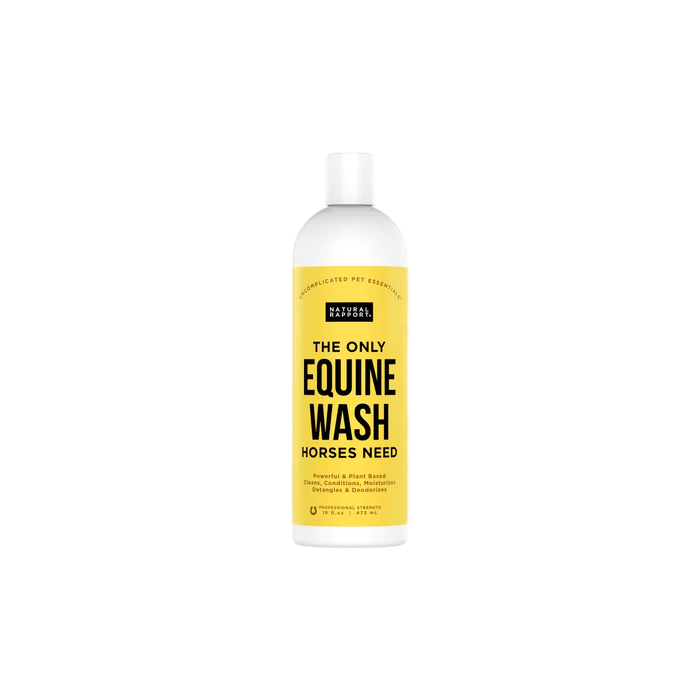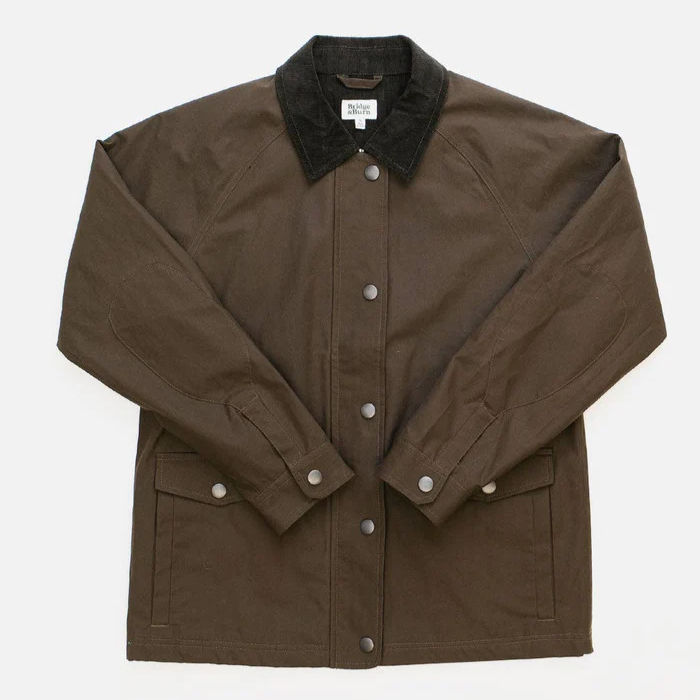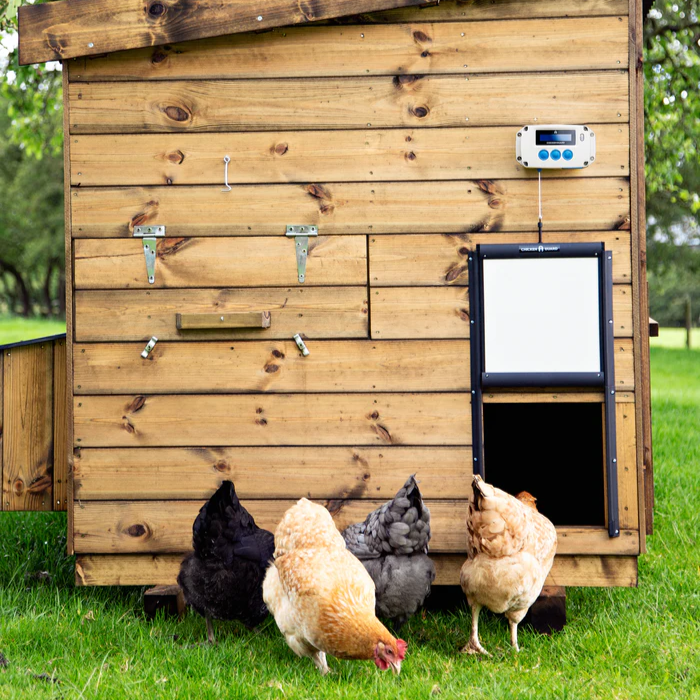Welcome to our quick and easy electric fence installation guide for horses.
Calculating The Distance
The first thing we need to do is calculate the length of run you are seeking to electrify and decide how many strands you want to use – most people use two or three.

Remember that you will have more than one strand of tape or wire so if your run is 900 metres in total then you should plan for an energiser to support 1,800 metres If your fence is two strand and 2,700 metres if it is three strands.
Ideally, if you can borrow a measuring wheel then you can calculate the exact distance.
Things You'll Need
If you're just starting out, we recommend purchasing an electric fence kit for horses which includes everything you'll need to install your first electric fence.
1. An electric fence energiser for horses (Required) - each type of energiser has its own benefits, choose a mains energiser if you need to cover a large area and have access to mains power. Choose battery energiser if you need portability (the battery electric fence energiser can also be enhanced with a solar panel).
You'll also need to purchase accessories depending on your energiser choice, e.g. a mains energiser will need a lead-out cable, a battery energiser will need a leisure battery.
2. Electric fence tape (Required) - wire and rope can also be used, but we recommend tape because it's so much more visible to horses. The visibility plays an important role.
3. Electric fence posts for horses (Optional) - rule of thumb, the taller the better, but the minimum height needs to be at least 1m (3.ft), we recommend going for at least 1.4m (4.6ft) posts. If you're planning on using wooden posts, then plastic fence posts are optional.

4. Electric fence insulators (Optional) - if you're planning on using wooden posts to support your electric fencing system, then you'll need insulators. Otherwise, most of the electric fence posts we sell come with insulators.
5. Electric fence handles (Optional) - if you'll be using a wooden gate, then you can skip this section. If not - you'll need gate handles.
6. Accessories (Required) - you'll also need to purchase some electric fencing accessories, some are required (such as a warning sign and a ground stake), others are optional (testers, connectors, etc.)
Safety Tips

Always show your horse the electric fence on the first occasion that you use it.
If you have a new or unknown horse then treat the horse as if it has never seen electric fencing before and proceed with caution.
Always have the fence on when the horses are out; once horses learn that the fence is not electrified, they will not respect it and will try and push through it. This can have serious consequences if they become entangled in it, even more so if they push through on the one day that you have remembered to switch it on.
If you use electric fencing in the winter months then the horse may not feel the current through his rug, for this reason, many people use it for summer grazing if their horses are rugged during the winter months.
Try to ensure that nothing interferes with the electric fence run such as overhanging branches or plants, this can bleed out the current and considerably reduce the effectiveness of the fence which in turn, will impact on safety.
Try and always keep the energiser as close as possible to the stables or other buildings. They are a popular target for thieves and, apart from the cost and inconvenience of replacing it, your horses will be left without any form of secure fencing.



